by: M. Ashley Evans
Shotguns can be used for a large variety of purposes. They make excellent home defense weapons, are frequently used in police and military applications, and are great for competition and hunting.
Shotgun Specifics
A shotgun is a lovely tool that can serve it’s purpose well. It can be used for home defense as well as hunting and competition shooting. A shotgun fires a type of cartridge called a shell. Inside the shell are projectile(s) (aka shot or a single slug), the wad, and a shot cup that holds the projectile(s) until they reach the end of the barrel. Inside the cartridge is also gunpowder and primer. The primer ignites the gunpowder and the energy expels the pellets from the barrel.
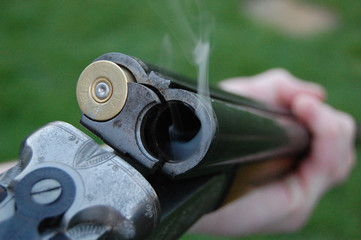
The energy is divided amongst the individual pellets, which means each pellet is relatively low in energy. This makes it ideal for hunting small game. Also, this makes it great for defense - lower the energy means a wider spread of the pellets. So when an intruder is breaking into your home and is posing a threat against you and your family - the wider area of spread can be very helpful when your adrenaline is high and your hands are shaky. (But even then - aim small, miss small!)
When the trigger is pulled, the firing pin hits the primer. This causes a very controlled explosion. This explosion ignites the powder inside the shell. The gases released fill up the chamber at thousands of pounds per square inch. This pushes out the shot cup, wad and pellet(s) out the barrel.
Buckshot is a type of shotgun ammunition that even a great many non-hunters have heard of. But let me tell you, it ain’t for everything. There are a wide variety of ammunition calibers and then numerous subcategories. But we will just stick with the basics.
Shotguns ammunition typically comes in a measurement called a gauge. A gauge is the diameter of the bore, or inside of the barrel. The smaller the number - the larger the diameter, which is opposite of pistol ammunition where the larger the caliber the larger the ammunition. A 12 gauge shotgun has a barrel that is 0.727 inches in diameter. If you got lead balls that diameter, it would take 12 of them to equal a pound of led. With a 20 gauge shotgun, 20 led balls that are 0.617 can fit.
Shell length is also a very important number with shotgun ammunition. Not all guns can feed each length. Please make sure you know what ammo your gun is designed for - some guns can HOLD come ammunition but it would be unsafe to attempt to fire it due to the pressure differences within each casing. Common lengths are 2-3⁄4”, 3”, and 3-1⁄2”. The longer the shell the more shot pellets it contains.
Ammunition can also vary in Dram Equivalent - which used to be all black powder, but now many companies make ammunition with a smokeless powder. The higher the dram number, the more powder, which means the more energy each shot will have - more energy means more travel distance for the pellets.
Shotgun ammo typically comes in birdshot, buckshot, or slug. There are specialty shots that you can get, but we won’t delve into those. Birdshot has tiny pellets, buckshot has large pellets, and a single projectile is a slug. Buckshot is ideal for self-defense and for deer hunting - two occasions that you want the pellets to penetrate deeply. Slugs look different than an actual bullet, in that they are front heavy.

Pump action, Semi-auto, and break open are the three basic Action Types. A pump-action requires the hand rest on the slide to be pumped in order to eject a spent shell and this action also chambers a new round. A semi-auto releases the spent casing and reloads the next round simply by firing off the first round - the energy from the fired round does all of that action automatically. A break open does exactly that - it has to open up in a way to which it appears broken and a shell (or two) are inserted.
Shotgun Fit, Mount & Technique
We have all seen the YouTube videos of the poor girl who gets thrown to the ground by the force of shooting a shotgun - it doesn’t take much examination to see that she is not holding her shotgun properly. A proper mount is critical not only for accuracy but for proper dispersion of the felt recoil as well. Where your gun is placed in relation to your shoulder and dominant eye determines where the projectile goes.
The gun needs to fit properly if you are to lift, aim, then fire it quickly. The best option for ensuring a gun fits is to see a professional, but sometimes that isn’t an option. Because fit is such a detailed endeavor to discuss, we will not go into a lot of details here.
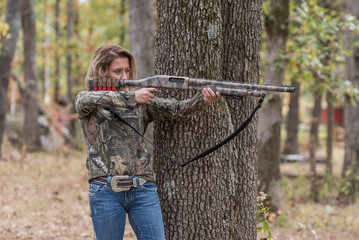
One quick way to ascertain whether or not the length of pull is too long or too short is to hold the gun by the grip and to bend the elbow. If the butt of the gun doesn’t touch your bicep, it’s a little too short. If you can’t bend your elbow to a 90% angle because the butt of the gun is in the way, then it is too long. The butt of the gun should rest on your bicep.
This is just a rough guide but it is a very helpful tool. It is much easier to mount a gun that is slightly too short than it is to mount a gun that is too long. You should be able to keep your eyes closed and mount the gun then open your eyes and your dominant eye should be squarely looking down the rib (top raised portion traveling the length of the barrel. A raised rib alleviates the heatwaves from distorting the sight picture).
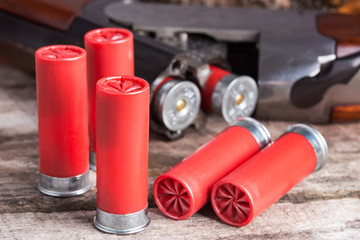
When you are holding a shotgun correctly, your eye becomes the rear sight. Don’t focus on the front sight. You want to be looking at your target. Keep your eye straight and always on that target. Practice watching your target, finger pointed along your gaze with your arm extended. Move your body, not your eyes. Keeping your sight picture in focus is vital.
Cheek first, then shoulder is the correct method. It sounds a bit backward. If you go to the range you will see many people placing their shotgun to their shoulder first and then bringing their cheek to the stock. This causes you to “chase” your target too much, always a step behind, and you don’t have the control you need. Keep your head straight. If you cock your head over to the side to get your eye into position it will distort your depth perception and sight picture.
You should stand straight and balanced with your weight slightly more on your forward foot. Your front knee slightly bent. Your feet need to be about six to nine inches apart at least.
So to properly mount a shotgun your standing at the Ready. This means your trigger hand is on the grip, your other hand is on the forearm grip and the stock is in your underarm. Ready to pull it up to your cheek and shoulder. Your feet are in their proper position and you get your target in sight. Lock your eyes on it. As you have your eyes on it push the muzzle forward towards the target. You are moving with the target, keeping your head verticle. Any turning with to follow the target comes from the waist and not your arms.
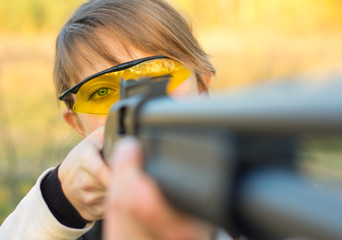
While keeping your sight picture, pushing the muzzle towards the target you are also pulling your rear hand forward with the stock. As it comes forward the comb comes up to rest in the dip of the cheekbone. By placing it in exactly the same position it ensures accuracy with every shot. Your shoulder comes forward to meet the gun. Your body and gun move as one unit with the target. You lead the target a bit (this will vary from gun to gun on how much), meaning you are pointed just in front of the target as it is moving. Then you pull the trigger - careful to continue flowing with the target. If you stop abruptly or slow down as you pull the trigger you will miss, this is called follow through.
Practice, practice, practice! And have fun!! All of this will become fluid and can become very natural. Even expert shots will have accuracy issues if they don’t practice for months at a time. A great way to practice when you can’t get to the range is to practice with this indoor technique. First, ensure the gun is unloaded. Then get a flashlight that fits into the barrel and have it turned on. Holding the gun at the ready, keep the flashlight beam aiming at the corner of the ceiling. Practice mounting the gun all the while keeping the flashlight beam aimed at that corner. Once you do this a while, then practice making the beam travel along the line between the ceiling and the wall first one way and then the other. Practice until this all becomes one fluid motion.

Post a comment
Thank you
Your post has been submitted and will be published once it has been approved.
OOPS!
Something went wrong and your post has note been submited. Please try again.
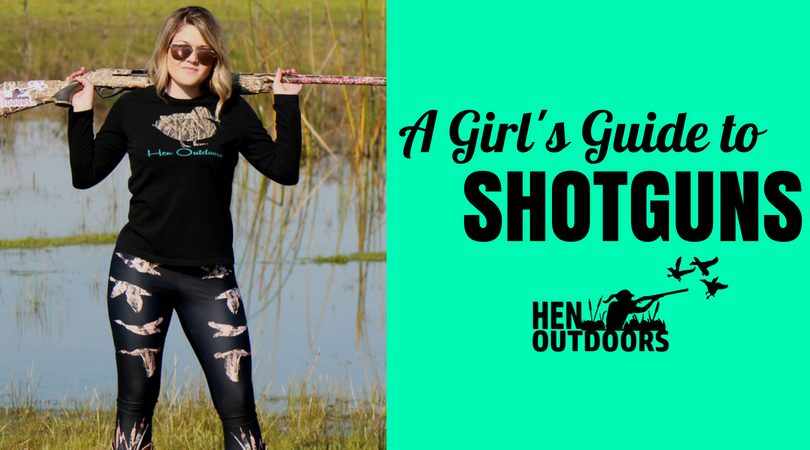
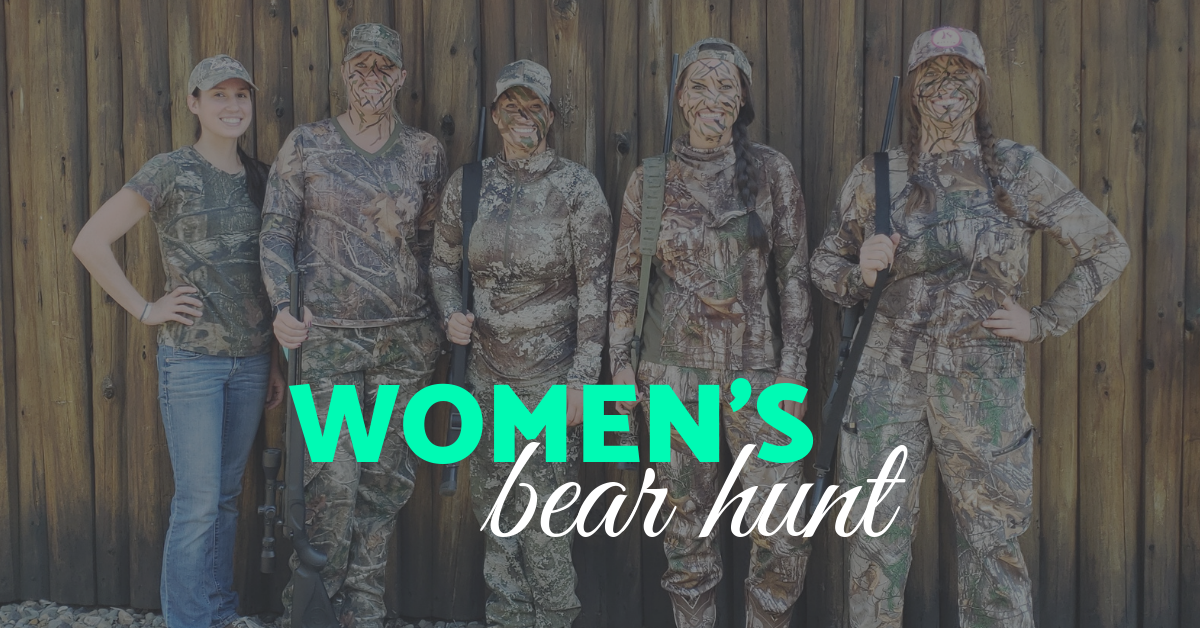



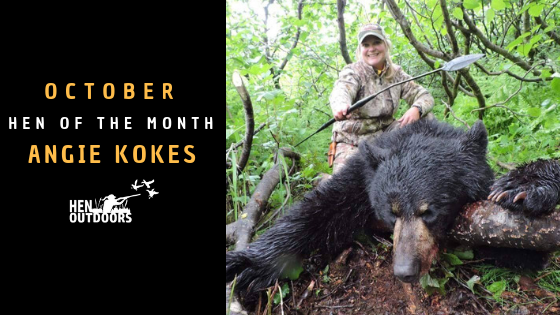


Comments (0)
Be the first to comment.